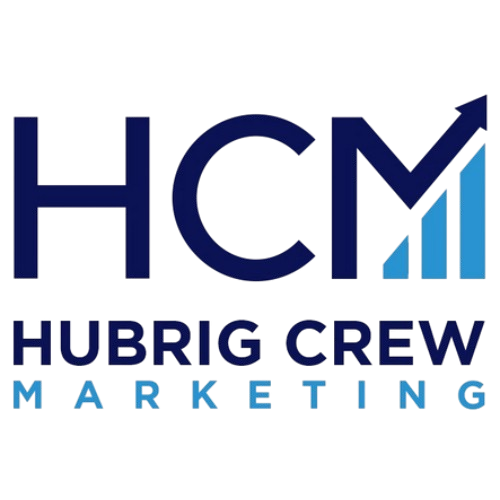Introduction to PPC Advertising
In the fast-paced world of digital marketing, Pay-Per-Click (PPC) advertising stands out as a powerful tool for businesses aiming to boost their online presence. At its core, PPC is a model where advertisers pay a fee each time their ad is clicked, effectively buying visits to their websites or landing pages. This method ensures that businesses are paying for targeted traffic, which can lead to significant returns when executed correctly. For instance, a small investment per click can lead to substantial sales, making PPC a profitable strategy. Learn more about how PPC works.
The significance of PPC in digital marketing cannot be overstated. It offers a unique opportunity for businesses to place their ads at the top of search engine results, particularly on platforms like Google, where the majority of online journeys begin. This placement is critical as it directly connects businesses with potential customers actively searching for their products or services. Discover why PPC is essential for your marketing strategy.
PPC operates through a bidding process where advertisers select specific keywords and set a bid amount. When users search for these keywords, a complex algorithm decides which ads appear, focusing on factors like bid amount and ad relevance. This system not only ensures cost-effectiveness but also allows for precise audience targeting, enabling businesses to reach their desired demographic efficiently. Explore the mechanics of PPC advertising.
Overall, PPC advertising is an essential strategy that provides businesses with the tools to maximize their advertising ROI through targeted and measurable campaigns.
Benefits of PPC for Businesses
In the realm of digital marketing, Pay-Per-Click (PPC) advertising shines as a cost-effective solution for businesses seeking to maximize their advertising ROI. Unlike traditional methods, PPC ensures you only pay when a user clicks on your ad. This model empowers businesses to control their budgets effectively, aligning spending with financial capabilities. Explore more about PPC’s cost-effectiveness here.
Another standout feature of PPC is its ability to target specific audiences. Platforms like Google Ads and Microsoft Ads offer precise demographic targeting options, enabling advertisers to reach potential customers based on factors such as age, gender, and even household income. This targeted approach significantly enhances conversion rates by ensuring that ads are shown to users most likely to be interested.
The flexibility and control offered by PPC campaigns are unparalleled. Businesses can make real-time adjustments to ad copy, targeting parameters, and bids, ensuring campaigns remain optimized for performance. This adaptability allows for data-driven optimizations, making PPC an ideal choice for businesses aiming to refine their advertising strategies continually. Discover PPC’s flexibility and control.
Maximizing ROI with Effective Strategies
To truly maximize your advertising ROI with PPC, it’s essential to implement strategies that enhance your campaign’s effectiveness. One of the first steps is choosing the right keywords. Focus on commercial or transactional keywords that align with user intent, as these typically yield higher purchase intent. For optimal results, differentiate between short-tail and long-tail keywords to balance search volume and specificity.
Equally important is optimizing ad copy. Craft compelling messages that highlight customer value and use emotive language to connect with your audience. Tailor your ads to different stages of the buyer’s journey to create a personalized user experience. Don’t forget to incorporate strong calls-to-action to drive immediate engagement.
Finally, adjust your bids and budgets effectively. Use automated bidding strategies like Target CPA or Target ROAS to optimize for conversions and revenue. Consider utilizing shared budgets across campaigns to ensure efficient resource allocation. These strategies collectively ensure you not only reach your target audience but do so in a cost-effective manner.
| Keyword Type | Effectiveness | Use Case |
|---|---|---|
| Short-tail | High search volume | Brand awareness |
| Long-tail | Higher conversion | Specific targeting |
Tracking and Analyzing PPC Performance
The success of PPC campaigns heavily relies on analytics. These insights provide a clear understanding of user behavior and campaign performance, which is vital for optimizing strategies and maximizing ROI.
Key metrics to monitor include:
- Impressions: Tracks how often your ad is displayed.
- Click-through Rate (CTR): Measures the ratio of clicks to impressions.
- Conversion Rate (CVR): Indicates the percentage of clicks resulting in conversions.
- Cost per Click (CPC): The average cost spent per click.
- Cost per Acquisition (CPA): The expense incurred for each conversion.
Utilizing the right tools can enhance performance tracking. For instance, Semrush’s Advertising Research and Keyword Magic Tool provide comprehensive insights into ad strategies and keyword optimization. Additionally, Google Analytics is crucial for setting clear goals and tracking meaningful actions.
By leveraging these metrics and tools, businesses can fine-tune their PPC efforts, ensuring they target the right audience effectively and efficiently.
Frequently Asked Questions
What is the average cost of PPC?
The cost of PPC advertising can vary widely depending on factors such as industry competition and ad network choice. On average, businesses spend between $100 and $10,000 per month. For Google Ads, the cost per click typically ranges from $0.11 to $0.50. It’s essential to tailor your budget to fit your specific business goals and industry demands.
How long does it take to see results?
Initial results from PPC campaigns often appear within 2-3 months. Significant growth and ROI are typically realized after one year of strategic management. The timeline may vary based on the platform, with social media ads taking slightly longer to show impact. Read more about the expected phases of a PPC campaign to understand this timeline.
Can small businesses benefit from PPC?
Absolutely! PPC offers small businesses immediate visibility and the ability to target specific demographics effectively. It allows for tight budget control and provides measurable results, helping small businesses compete with larger players in the market. PPC is a powerful tool for enhancing growth and brand awareness.
Conclusion and Key Takeaways
In the realm of digital marketing, PPC advertising stands out as a powerful tool for businesses of all sizes. It offers immediate visibility, precise targeting, and cost-effective strategies to reach potential customers. With the ability to control budgets and measure results, PPC is not just an expense but an investment that can deliver significant returns.
The flexibility and adaptability of PPC campaigns allow businesses to optimize and refine their strategies in real-time, ensuring they reach the right audience. As you consider your advertising options, investing in PPC can provide the competitive advantage needed to thrive in today’s fast-paced market.
Now is the time to harness the potential of PPC campaigns. Whether you’re a small business seeking growth or an enterprise aiming to enhance brand presence, PPC offers a scalable solution to meet your objectives. Start your PPC journey today to unlock a world of opportunities and maximize your advertising ROI.



